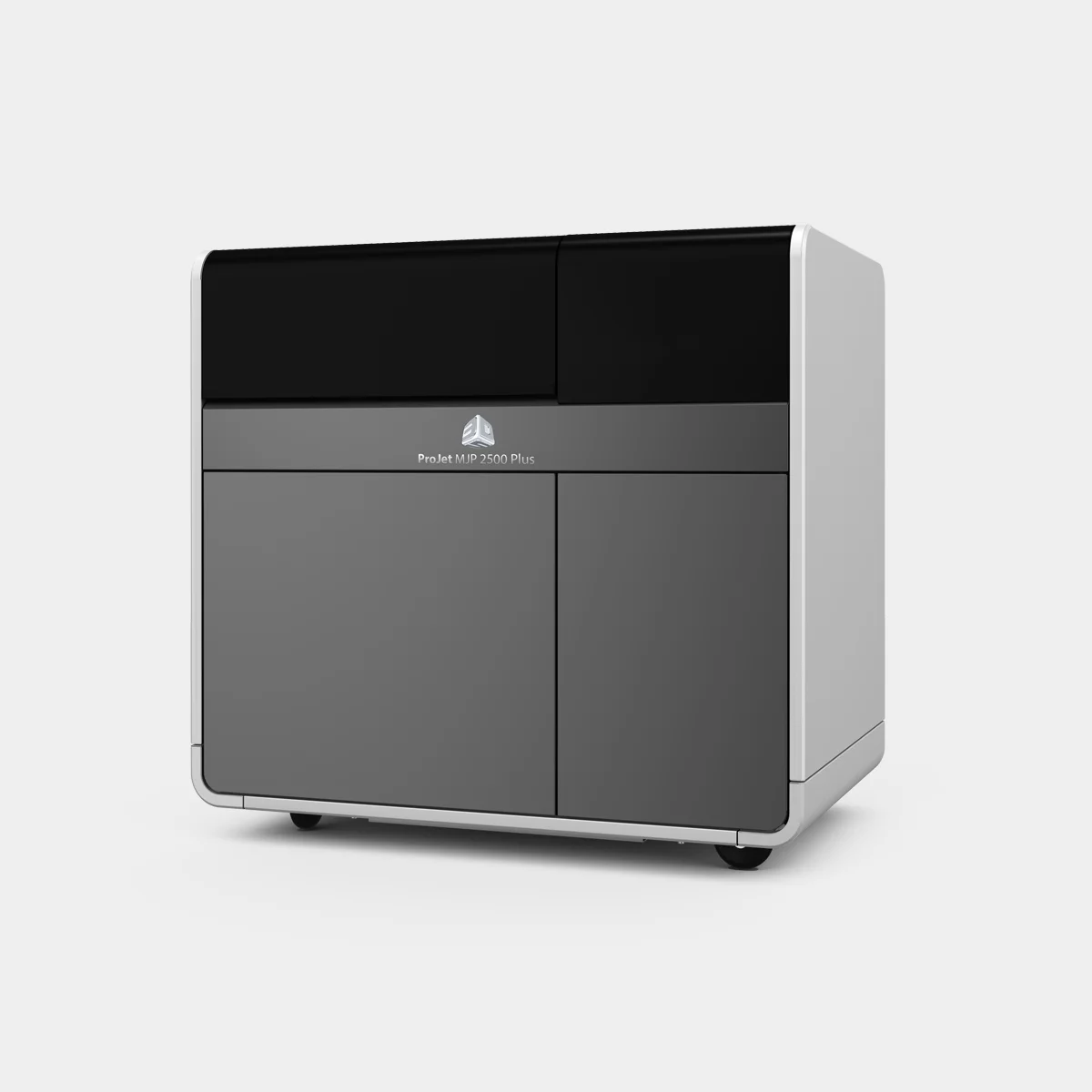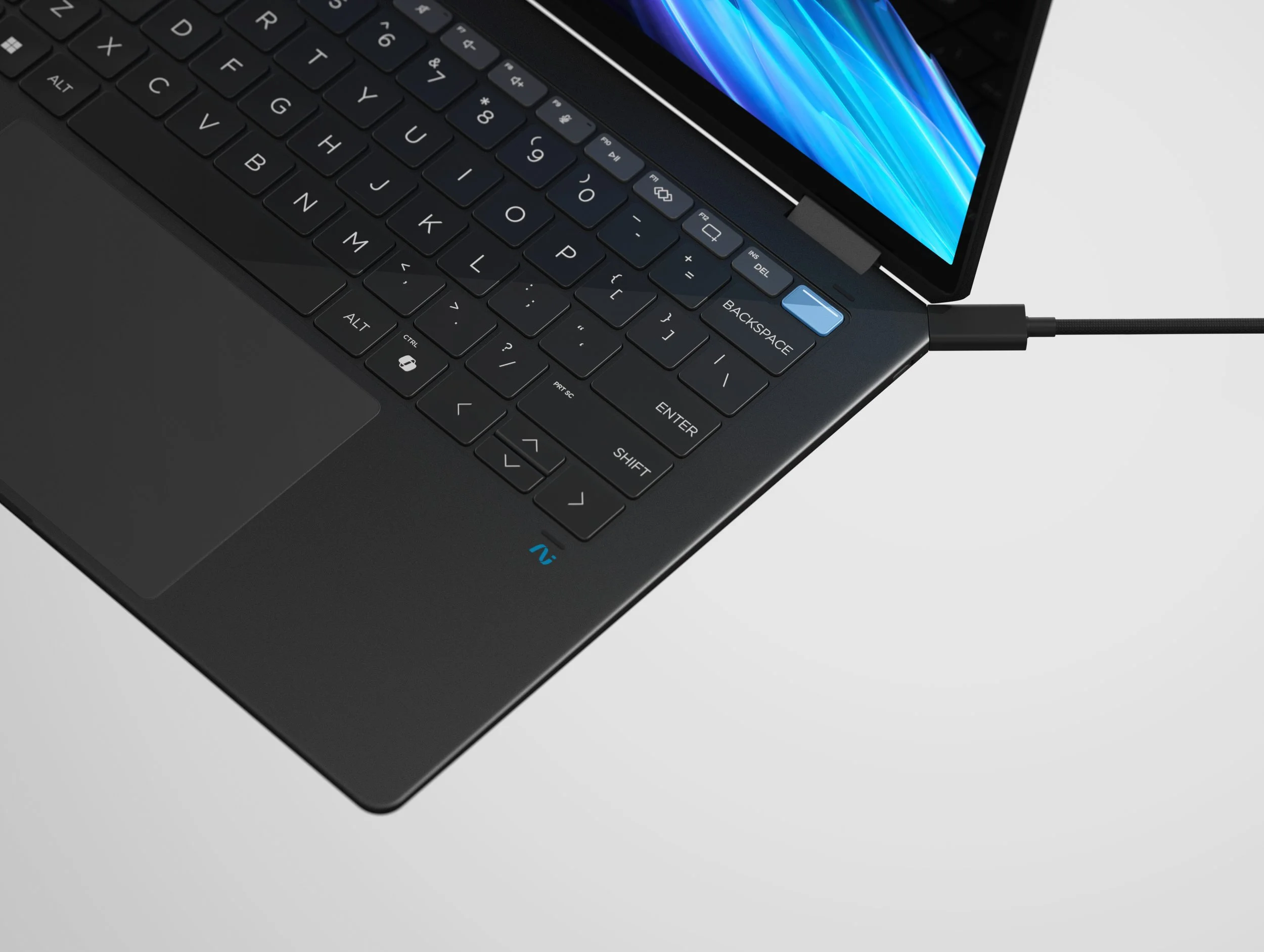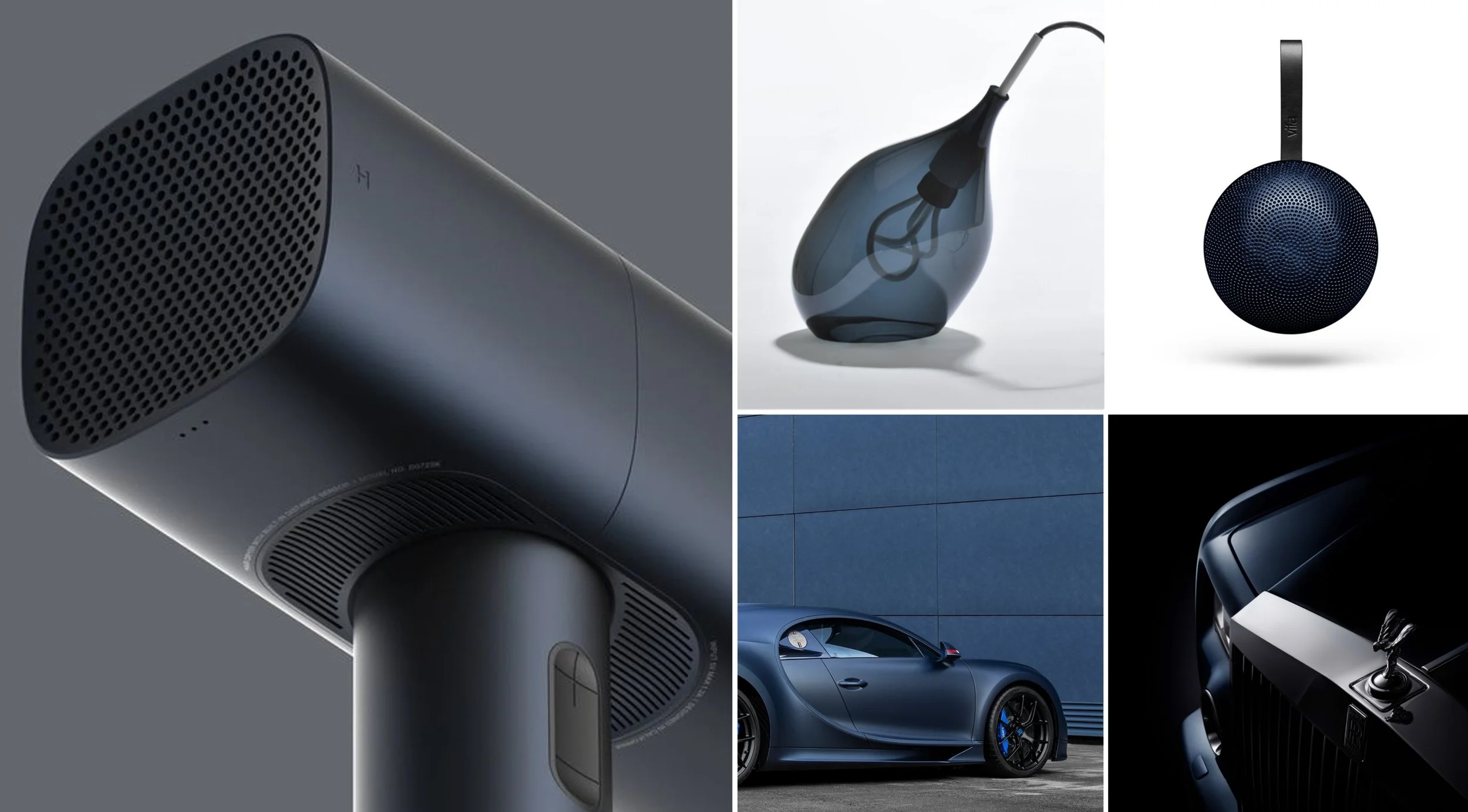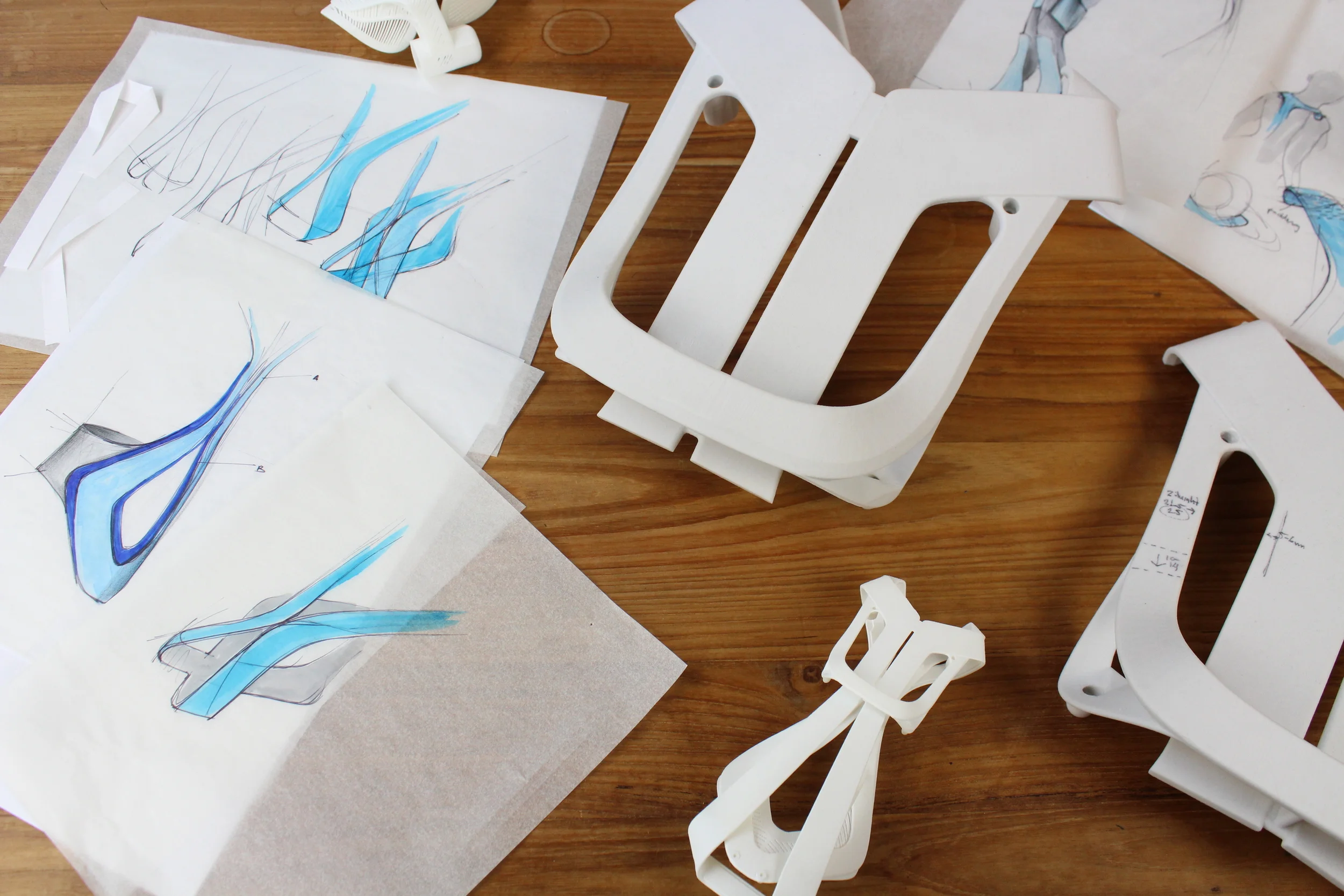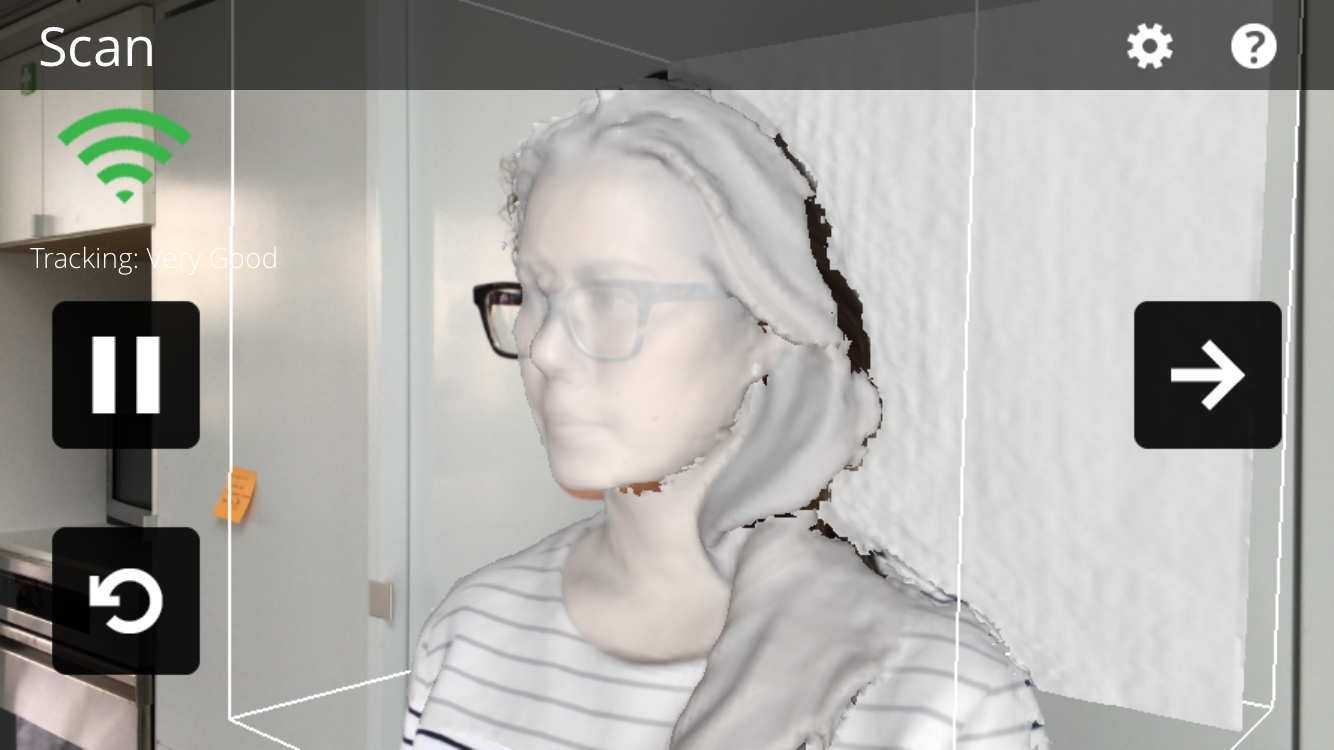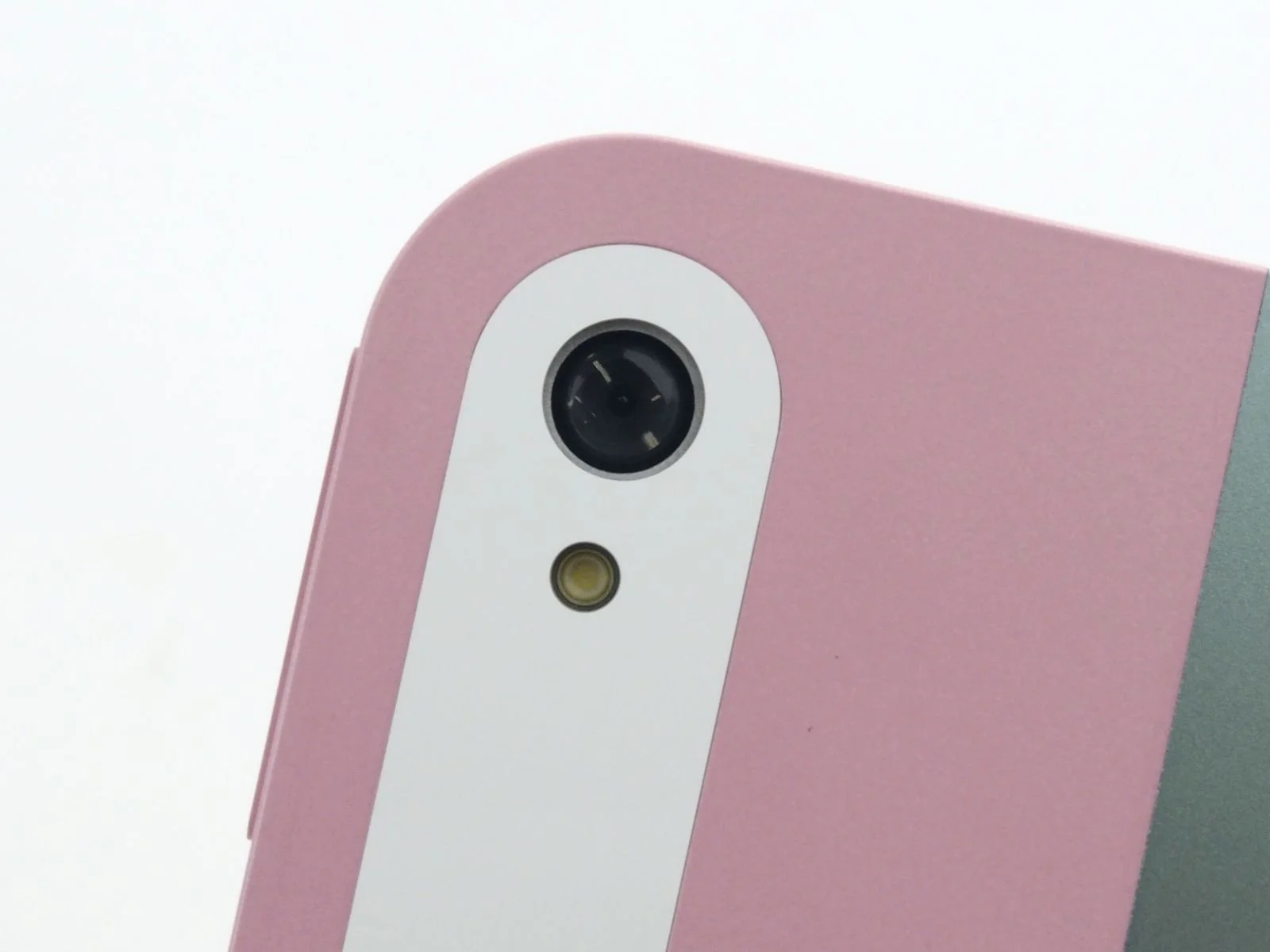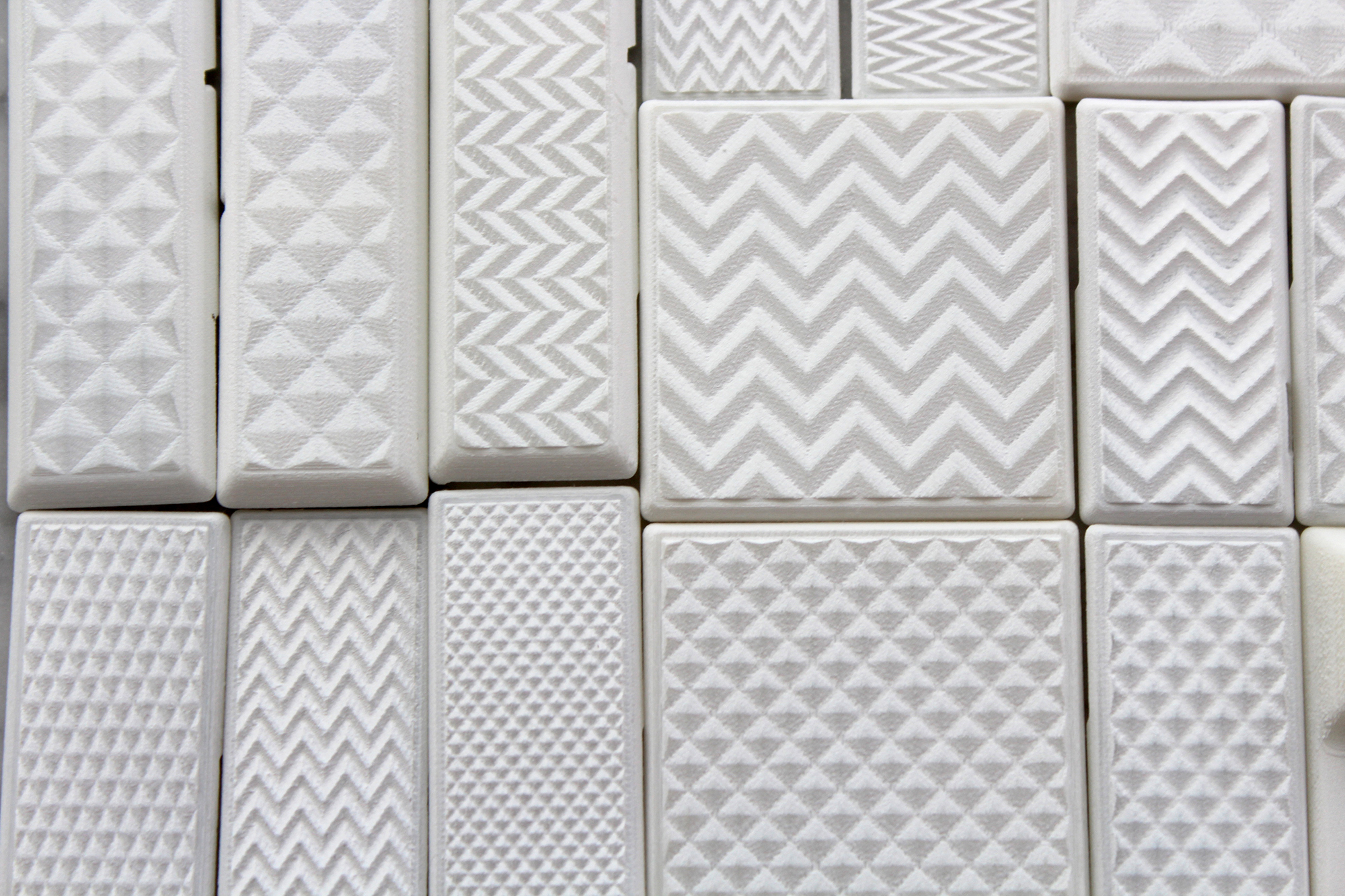THE HERMENEUTIC OBJECT / CCA 2010
These projects were developed during my graduate school studies. I became interested in the effects that technology has in the environment. It creates new forms and spaces that we cannot see (EMF radiations, WiFi signals, Bluetooth connectivity). I started asking the question of what would it be if we are able to perceive this alternate reality. How will this affect architecture? Design? and our behavior and interaction with each other. My research was based on theory and psychology. Here is some of the text from my thesis work:
Hermeneutic // to interpret, interpreter.
Object // Tangible thing, something perceived or presented to the senses - to present, oppose.
Telecommunications has changed the way we interact with each other. Allowing us, even, to see and hear each other on screen while been on opposite sides of the planet. My concern resides in the designed object as mediator between us.
I have attempted to address this central question:
If mediation with technology creates behaviors, invisibly immersed within objects, how can an observer see the normalized, mediating object?
I’m concerned with making evident, that is “seeing,” these behaviors. The point is to engage in a dialogue with readers and viewers of my work, with the hope of elucidating an unseen world that holds us in its embrace.
I believe through these explorations into “seeing” we can begin to consider object design, specifically Industrial / Product Design, through a fresh lens.
Perhaps we can say that: The Hermeneutic Object explores the aesthetic dimension of Design as a tool for affective communication.
My aspirations include that it will enable designers to:
- Evidence hidden psychological and social mechanisms embedded within products.
- Make visible the technological mediation that we experience with products.
- Raise awareness and spur critical analysis.
Towards this, I analyzed different forces affecting a product. Theorists like Jean Baudrillard, Guillez Deleuze and Félix Guattari, Michel de Certeu informed and structured my query. Among the ideas I am responding to and some of the questions I probe:
The technological plane is an abstraction: in ordinary life we are practically unconscious of the technological reality of objects. Yet this abstraction is profoundly real: it is what governs all radical transformations of our environment…it is starting from this language, from this consistency of the technical model, that we can reach an understanding of what happens to objects by virtue of their being produced and consumed, possessed and personalized. (1)
What language operates within an object?
How might we use this language to evidence the object that embeds social and psychological mechanisms?
In a word, every machine functions as a break in the flow in relation to the machine to which is connected, but at the same time is also a flow itself, or the production of a flow, in relation to the machine connected to it. This is the law of production of production. (2)
A radio that receives the signal from the station is connected to a larger system. A cell-phone, a television or a computer connected to the Internet behaves similarly. What role does the object play in a larger system? How does this connection affect us?
{Consumption} ... is devious, it is dispersed, but it insinuates everywhere, silently and almost invisibly, because it does not manifest itself through its own products, but rather through its ways of using the products imposed by a dominant economic order. (3)
How might we evidence these behaviors?
How might we make sense of the behaviors that are produced by the mediation with the (electronic) object?



















